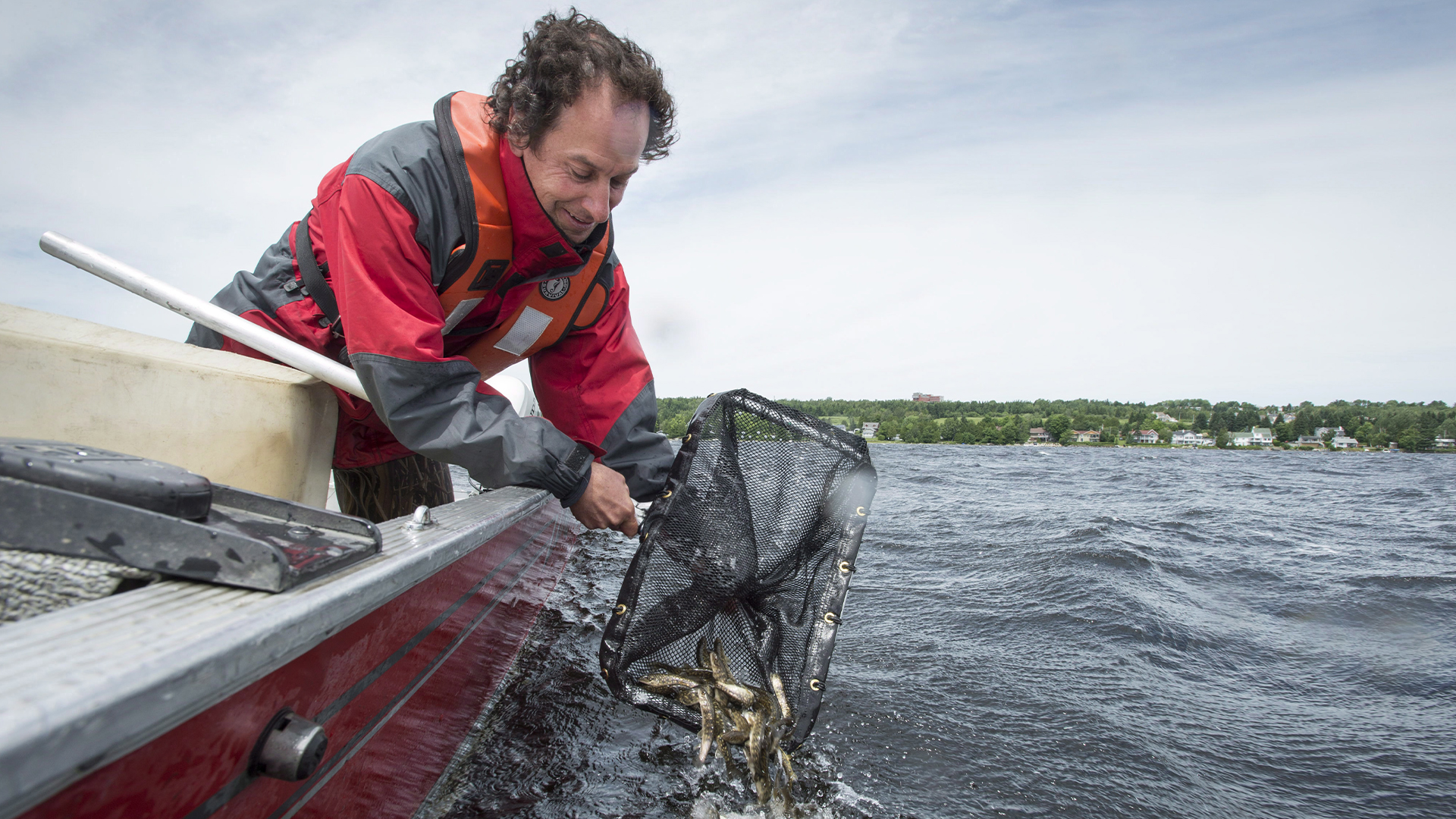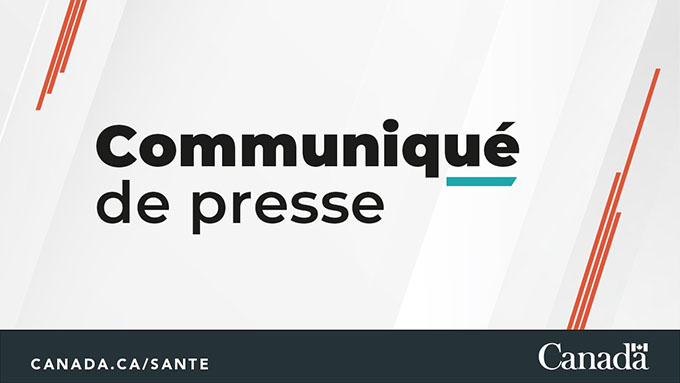Since the oil spill in Lac Mégantic and the Chaudière river during the 2013 tragedy, “it’s not biting as hard as before,” according to fisherman Pierre Grenier.
The president of the hunting and fishing association Lac-Mégantic, who met at the lake’s marina at the end of May, headed to the sea concerned about the absence of fishermen.
“It is sad that before, in the month of May, there were the best days for fishing”, regrets Mr. Grenier, stating that “fishermen mainly catch big fish and less and less small fish, which means that there is less follow-up .” .
If fishermen mostly catch “old fish,” that’s a sign that the lake isn’t healthy anymore, “that the fish aren’t breeding,” he adds.
His association works with the Ministry of the Environment to ensure the sustainability of the fish species in the region, for example by planting the lake.
“We stocked brown trout four years after the disaster, but the fishermen don’t care!” laments Pierre Grenier.
“Is the water good for feeding and breeding fish? “If it’s contaminated, you have to know about it,” says the fisherman, pointing to the shore of the body of water where an estimated 100,000 liters of crude oil spilled ten years ago.
“Right here the water was full of oil and flowed into the Chaudière river. Are there any toxins left all over the lake?” asks the fisherman.
The president of the Association de Chasse et Pêche de Lac-Mégantic hopes that the studies planned by the Ministry of the Environment in the Chaudière river and in the lake will answer these questions.
“We have been calling for new studies for a long time, we want a continuation,” says Pierre Grenier.
A few weeks ago, the ministry confirmed that it would conduct sampling over the summer to determine “the presence of hydrocarbons in the river’s sediments, the status of benthic organism communities and the status of fish communities.”
Anomalies, deformations and lesions
In 2015, a summary report by a Department of Environment expert committee tasked with analyzing Lac Mégantic and the Chaudière River found that “Of all the watercourses sampled in Quebec to check the status of the fish community, none so high anomaly.’ Rates at so many sampling stations’.
The last study by the provincial government on the effects of the oil spill on the waterway dates back to 2017.
In that document, government experts produced a “reassuring” assessment of the state of the river, even though the rate of fish anomalies had remained high since the tragedy.
“The fish integrity index has not improved and the percentage of fish with DELT type anomalies (deformations, fin erosion, lesions and tumours), which was very high in 2014, remained high in 2016. These high anomaly rates remain disproportionate to what was previously observed in the Chaudière River in 1994,” the researchers stated.
Senator Rosa Galvez, an expert on pollution and its effects on health, worries that the abnormalities found in the fish could in some cases be transmitted to their offspring.
“If the fish develops a tumor and multiplies, it can transmit abnormalities, but over time this risk decreases,” said the one who published a 2014 study of the authorities’ response after the 2013 disaster.
Results in 2024
The provincial government’s latest stream health study also recommended additional testing before 2022.
These analyzes did not take place “for various reasons, including the pandemic”, explained government spokesman Frédérick Fournier, indicating that the results of the studies, which will eventually be carried out this summer, will be published in 2024.
In particular, the Ministry’s experts will analyze the oil-contaminated sediments at the bottom of the river. The latest Environment Ministry report said the sediments in the lake and river remain contaminated with oil, but the low levels “do not justify carrying out decontamination work”.
If the contamination of the river’s sediments with oil is low, this is particularly due to “post-disaster efforts by government agencies to limit the infiltration and spread of pollutants along the river, as well as solely to hydrological conditions that also affect the.” dispersal and dilution of pollutants,” concluded the 2014 study led by Professor Rosa Galvez.
Sediments contaminated with hydrocarbons “do not accumulate in the flesh of fish,” according to the work of researchers from the Ministry of Environment. These fish can therefore be eaten.
Eternal impurities
Putting out the fire caused by the Lac-Mégantic oil wagon explosion in July 2013 required 30,000 liters of fire-retardant foam, which was supplied by a refinery in Lévis the night of the accident.
These foams contained perfluoroalkyl and polyfluoroalkyl substances (PFAS), so-called “forever chemicals”.
Knowledge of PFAS has evolved significantly in recent years and these chemicals are now under Environment Canada’s sights.
PFAS could be restricted or banned outright in Canada based on a risk assessment currently being conducted by the federal government.
“Studies in laboratory animals show that exposure to certain PFAS is associated with reproductive, developmental, endocrine, liver, kidney and immune system effects,” says a recent government release.
In the months following the Lac-Mégantic tragedy, analysis by the Quebec Department of the Environment found that “there is no clear evidence that the events of July 6, 2013 have resulted in an increase in levels of PFOS (a type…) of PFAS ) or total perfluorinated compounds in fish”.
However, Céline Guéguen, a professor in the chemistry department at the Université de Sherbrooke, stresses that, given what is known today, it is important to re-examine the presence of PFAS in the lake and river.
“Eternal compounds, ten years ago we knew they existed, but we didn’t necessarily have the technology to measure them well,” the chemist said.
She is part of a group of researchers who want to raise funds to take stock of the contamination of Lac Mégantic ten years after the disaster.
She welcomes the Environment Ministry’s decision to re-task its experts to monitor pollution in the river, but hopes her project will be adopted by governments.
“We want to help improve knowledge about the health of the lake. When several experts deal with these issues, it can only be good for the environment,” says Ms. Guéguen.

Award-winning entrepreneur. Baconaholic. Food advocate. Wannabe beer maven. Twitter ninja.






